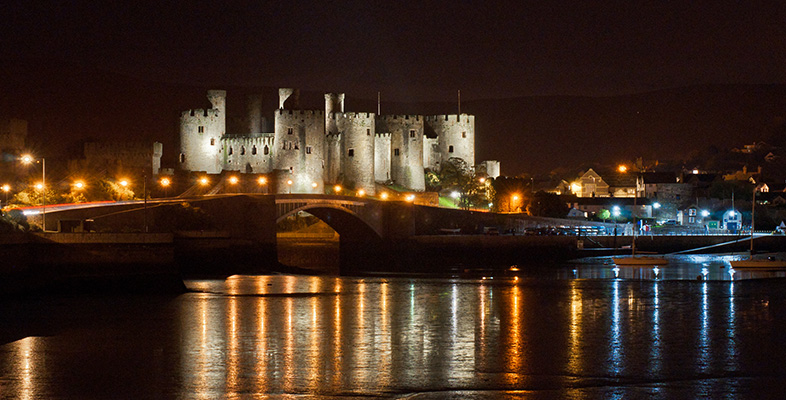1.1 Difference
Communities are constructed by notions of insiders and outsiders; they both bind people together and also exclude them. Wales has always had to define itself in relation to England, its more powerful neighbour. This is one reason why (and certainly on match days) Wales might be seen as homogeneous, as made up of people sharing a core set of characteristics and values. Perhaps more significant than what people in Wales have in common, however, is the fragmentation, diversity or differences that are found in Wales. When we examine such differences we are left with a rather different, and certainly less cohesive, image of Wales. As Nicky Wire of the Manic Street Preachers explains:
You have to be wary of romanticism. Wales is a much more complex and divided place than some people think. It isn’t this glowing ember of close-knit communities. There’s animosity there too. Some North and West Walians resent us talking about Welshness because we can’t speak Welsh.
This section addresses particular aspects of difference in contemporary Wales: place, work, gender and ‘race [Tip: hold Ctrl and click a link to open it in a new tab. (Hide tip)] ’, and class.
